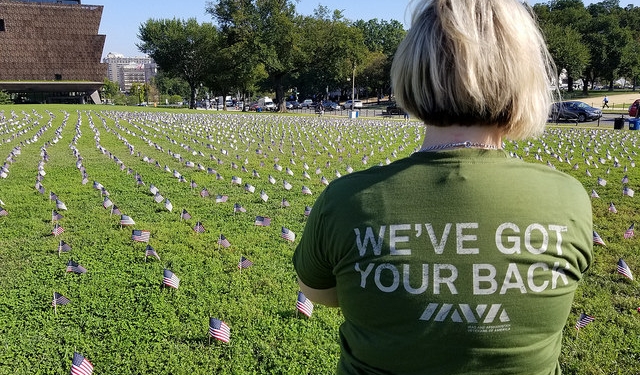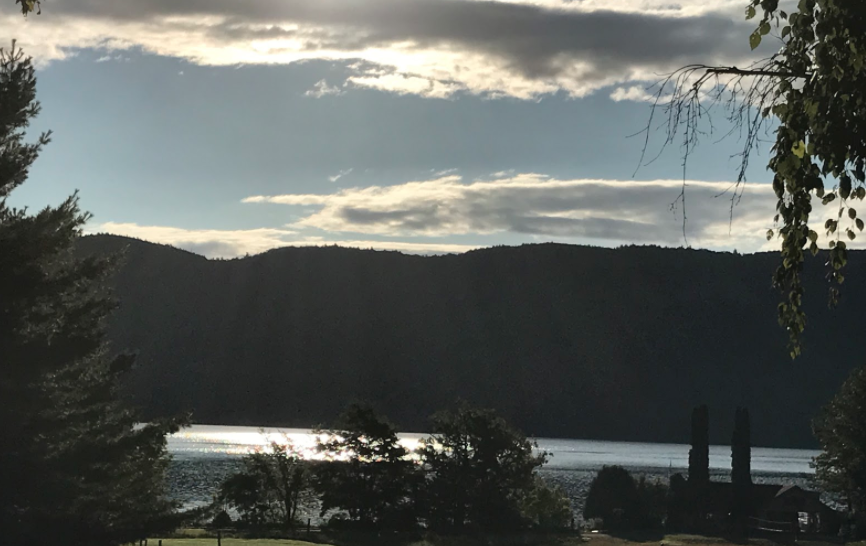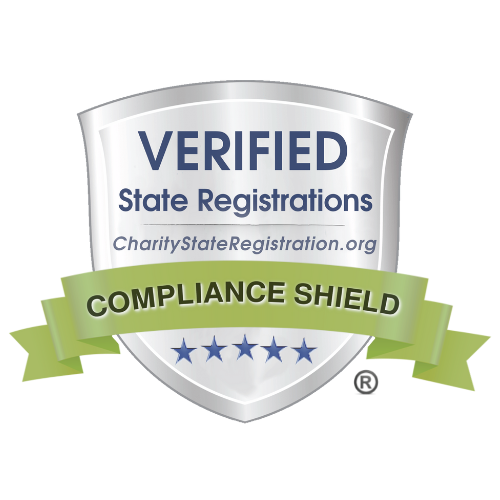IAVA | August 23, 2017
Read: Getting to Know the Equine-Assisted Activity and Therapy Landscape

The inclusion of complementary and alternative therapies, including animal-assisted therapies, into a broader care routine is something IAVA has supported for years. Eleven percent of IAVA members use animal-assisted therapies as part of their care routine; this interest and usage grows every year. But what is recreational therapy? What are animal-assisted therapies and activities? These broad-based programs can at times be difficult to define. Last weekend, I had the privilege of representing IAVA at a convening in beautiful Silver Bay, NY, hosted by the Bob Woodruff Foundation in partnership with PATH International to explore the emerging field of applying equine-assisted activities and therapies (EAAT) to the health needs of injured veterans.

This two-day conversation only scratched the surface of what I now know to be a very diverse and complex discipline. Panels dug into a variety of topics including the research supporting these programs (or lack thereof); the complexity of running these programs, including how best to tailor them to veterans; and integrating them into the broader veteran program landscape. And while summarizing all that I learned is a near impossible task, I thought I’d share my key takeaways from the weekend:
- There are a host of EAAT programs in existence. These range from programs that integrate psychotherapies administered by clinicians, to activities focusing more broadly on wellness which may or may not be administered by certified professionals. This is part of the challenge of the EAAT landscape. The horse is the commonality across these programs, but the approaches themselves vary considerably. Why this is important: A larger menu of options can be confusing to the client (veteran). Conveying what an individual program is, what it entails and it’s overall goal is important given such a wide menu of options. This diversity can also make research into effectiveness more complicated.
- It’s clear in talking to providers and participants of EAAT programs that overall they are having a positive impact on those who choose to enroll and stay with the program. And certainly the demand for these programs is climbing, but the research is lagging. Why this is important: It’s important to have an evidence-base for these types of interventions. It helps standardize practices and professionalize the discipline. But in my opinion, the often slow life cycle of research can get in the way of providing promising support programs to veterans. These programs exist now in all shapes and sizes, and anecdotally many have positive outcomes. We need to change anecdote to evidence-base, but those running the programs are not necessarily experts at measuring effectiveness or devising research studies. This is an area ripe for funders, who are also conveners. If funders were to work with their grantees to partner with researchers to put in place a rigorous method for program evaluation, then research could blossom while these existing programs continue. Everyone wins!
- We can’t measure what we can’t define. This was a reoccurring theme throughout. This field, as with many others that I’ve encountered, does not have a common and accepted language. Even the focus on equine-assisted activities and therapies spells this out. There is an ongoing debate of defining therapy versus therapeutic value, wellness versus mental health outcomes, and so much more. Why this is important: This is a role for certification centers like PATH and other certifying bodies along with researchers to collaborate and meet the most basic need for this field–a common language and standards to provide a baseline expectation for these programs and clarify for the user what it is they’re getting.
- The challenge for acceptance of these programs into a broader veteran program landscape is very real. In the panel I moderated on this very topic, it was clear that the larger veteran programs community can be resistant to recognizing and accepting this and other recreational therapies as complementary to their programs. But more broadly, the challenge of continues to be one of the greatest challenges in providing a holistic menu of support for veterans and their families. Why this is important: In an time where the funding pool for these types of programs is small and fairly stagnant, but the demand is ever increasing, this type of integrated collaborative approach is critical to ensuring that a network of diverse, but effective programs are available to support veterans and their families.
Huge thanks to Lee Woodruff and the Bob Woodruff Foundation for convening this group of experts! It was a very informative discussion, one long overdue, and one that is just beginning.





